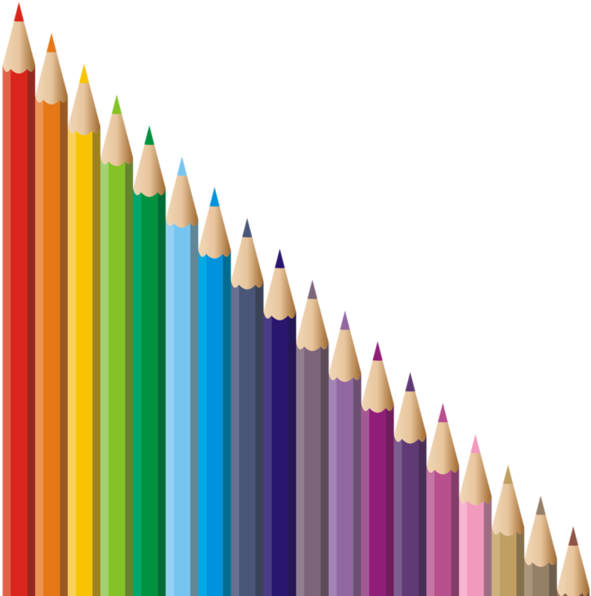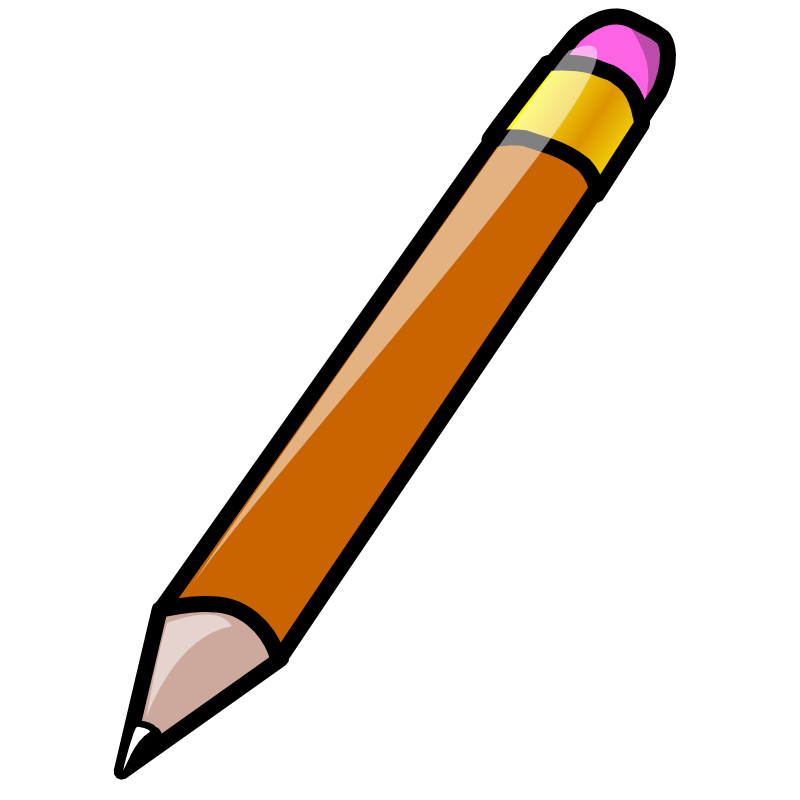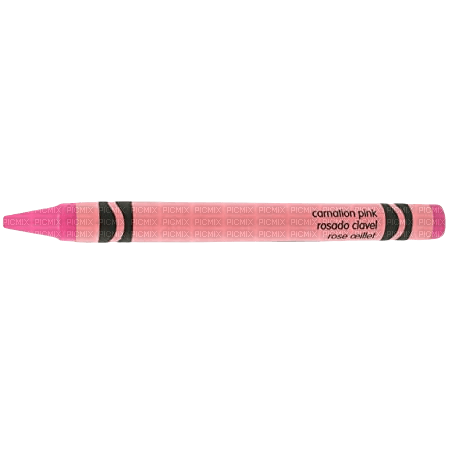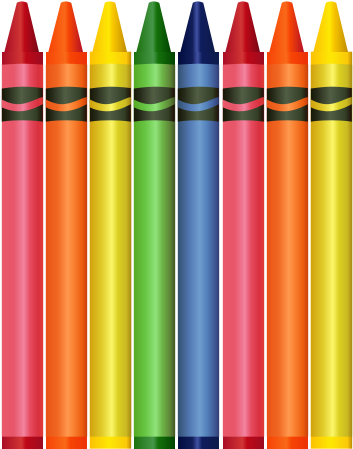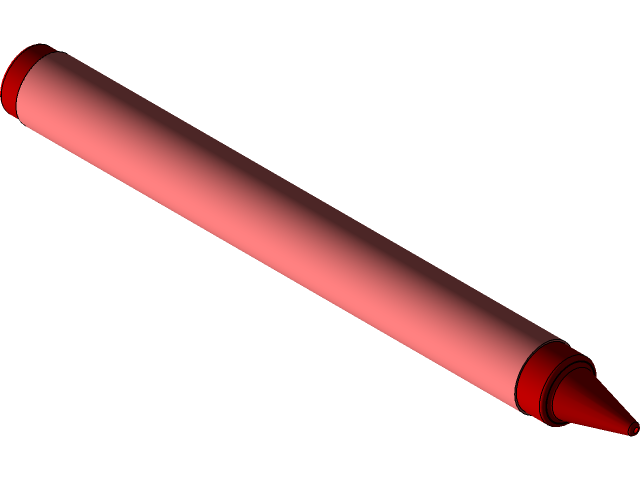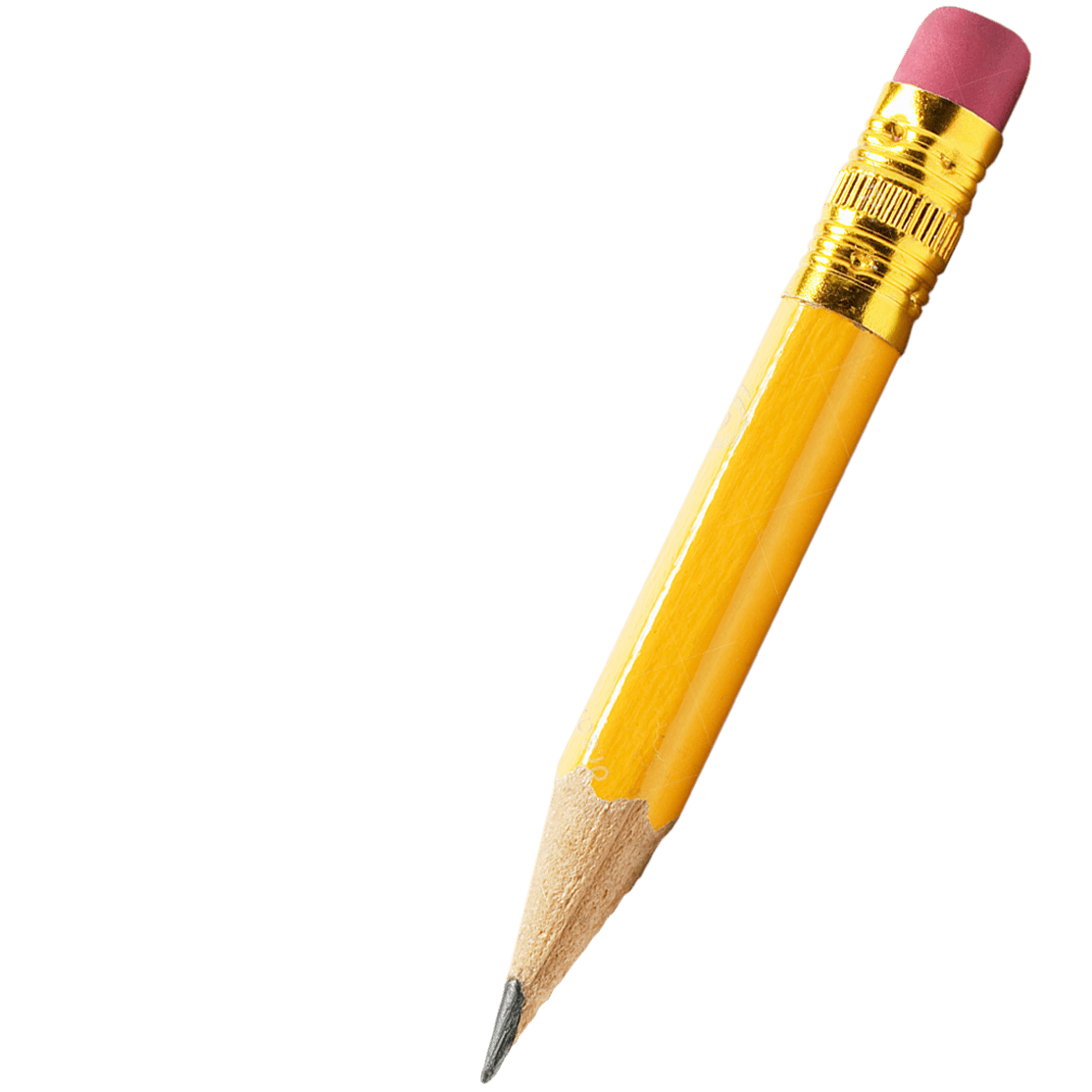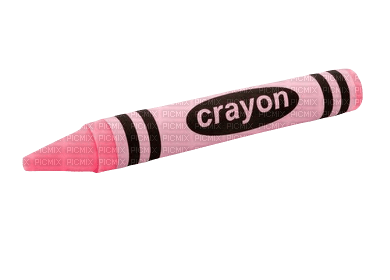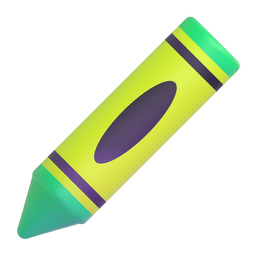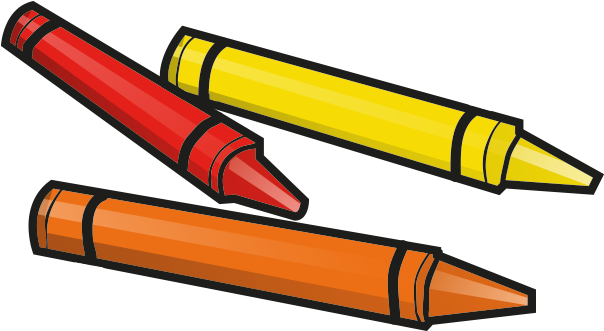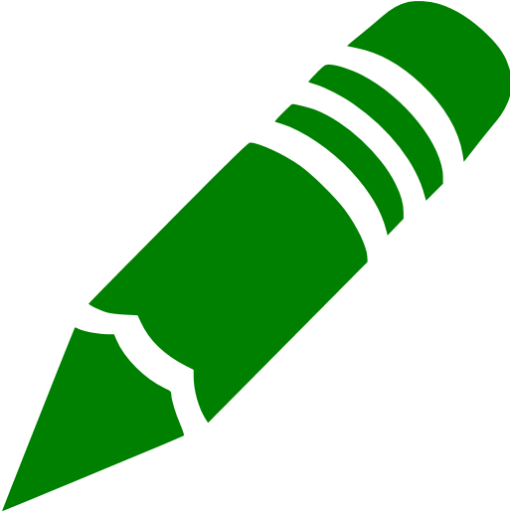Download top and best high-quality free Crayon PNG Transparent Images backgrounds available in various sizes. To view the full PNG size resolution click on any of the below image thumbnail.
License Info: Creative Commons 4.0 BY-NC
When it comes to art and coloring, crayon is a medium that can bring out one’s creativity. It is a versatile tool utilized by both children and adults alike in various forms of artwork. In this article, we’ll discuss everything you need to know about crayon – from its history, composition, types, uses, and more.
The History of Crayon
The history of crayon can be traced back to the ancient Egyptians who used wax-based colors to create drawings and paintings. However, the modern form of crayons that we know today was developed in the 19th century. In 1903, Binney & Smith, a company in the United States, introduced Crayola crayons which became a household name in the coloring world. It was originally marketed to schools before it was made available to the public. Today, Crayola is the most popular brand of crayons used worldwide.
Composition of Crayon
Crayons are made from a mixture of paraffin wax and colored pigments. The wax used is a type of petroleum wax and is commonly mixed with stearic acid, which helps to give the crayon its ability to glide smoothly across surfaces. The pigments used in crayons can be either natural or synthetic and are responsible for the unique color of each crayon.
Types of Crayon
Crayons come in various types, each with its unique characteristics. Some of the most popular types include:
- Wax crayons: These are the most common form of crayons used. They are made from paraffin wax and are known for their vibrant colors that are easy to blend and layer.
- Oil pastels: These crayons are made from a mixture of oil and wax. They are known for their smooth blending abilities and are often used in creating landscape and portrait drawings.
- Watercolor crayons: These crayons are unique in that they can be used both dry and wet. When used dry, they act like a traditional wax crayon. However, when used wet, they can create beautiful watercolor effects.
- Gel crayons: These crayons have a smooth and creamy consistency that glides easily across surfaces. They are known for their vibrant colors and versatility.
Uses of Crayon
Crayons have a wide range of uses, which include:
- Children’s activities: Crayons are a staple in children’s activities, whether it be in school or at home. They are used for coloring books, drawing, and other crafts.
- Artwork: Crayons are utilized by artists of all levels in creating a wide range of artwork. From simple sketches to complex drawings, crayons can bring out the creativity in anyone.
- Therapy: Crayon therapy is often used with children to help them express their emotions through drawing.
- Decorating: Crayons can also be used in decorating surfaces such as glass, metal, or plastic.
Crayon Safety
While crayons are generally safe to use, it’s important to note that some crayons may pose health hazards if ingested. Young children who are prone to putting objects in their mouths should be supervised when using crayons. Additionally, some crayons may contain harmful chemicals, such as lead or asbestos, which can be inhaled when the crayons are used for extended periods. It’s crucial to only use crayons made from non-toxic materials.
In Conclusion
Crayon has been a beloved tool for artists and children for decades. Whether it be used for art, therapy, or decoration, crayons offer a world of possibilities for creativity. With its history, types, and uses, there’s no denying that crayon is a timeless tool that will continue to inspire and bring joy for years to come.
Download Crayon PNG images transparent gallery
- Crayon PNG Picture
Resolution: 591 × 596
Size: 47 KB
Image Format: .png
Download
- Crayon PNG
Resolution: 480 × 480
Size: 6 KB
Image Format: .png
Download
- Crayon Transparent
Resolution: 800 × 800
Size: 46 KB
Image Format: .png
Download
- Crayon
Resolution: 2048 × 2046
Size: 97 KB
Image Format: .png
Download
- Crayon Background PNG
Resolution: 450 × 450
Size: 13 KB
Image Format: .png
Download
- Crayon No Background
Resolution: 512 × 512
Size: 13 KB
Image Format: .png
Download
- Crayon PNG Clipart
Resolution: 512 × 512
Size: 16 KB
Image Format: .png
Download
- Crayon PNG Cutout
Resolution: 353 × 449
Size: 18 KB
Image Format: .png
Download
- Crayon PNG File
Resolution: 1024 × 1024
Size: 25 KB
Image Format: .png
Download
- Crayon PNG Free Image
Resolution: 600 × 600
Size: 4 KB
Image Format: .png
Download
- Crayon PNG HD Image
Resolution: 640 × 480
Size: 25 KB
Image Format: .png
Download
- Crayon PNG Image File
Resolution: 512 × 512
Size: 15 KB
Image Format: .png
Download
- Crayon PNG Image HD
Resolution: 1114 × 1114
Size: 96 KB
Image Format: .png
Download
- Crayon PNG Image
Resolution: 390 × 280
Size: 14 KB
Image Format: .png
Download
- Crayon PNG Images HD
Resolution: 256 × 256
Size: 8 KB
Image Format: .png
Download
- Crayon PNG Images
Resolution: 512 × 512
Size: 18 KB
Image Format: .png
Download
- Crayon PNG Photo
Resolution: 604 × 331
Size: 59 KB
Image Format: .png
Download
- Crayon PNG Photos
Resolution: 480 × 480
Size: 12 KB
Image Format: .png
Download
- Crayon PNG Pic
Resolution: 512 × 512
Size: 20 KB
Image Format: .png
Download
